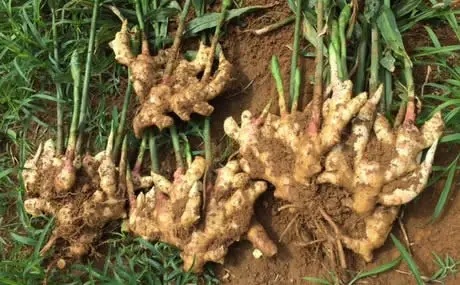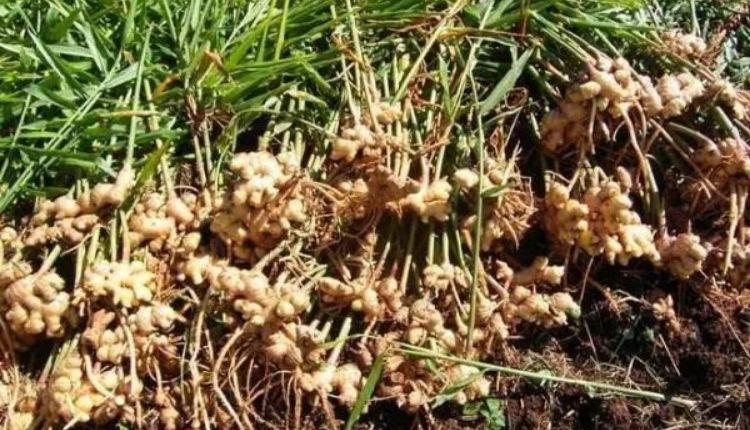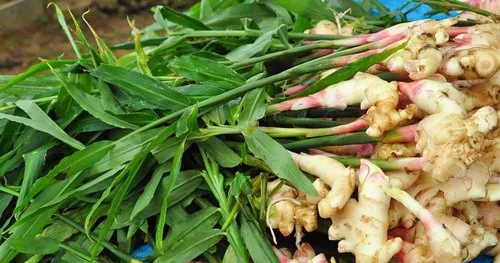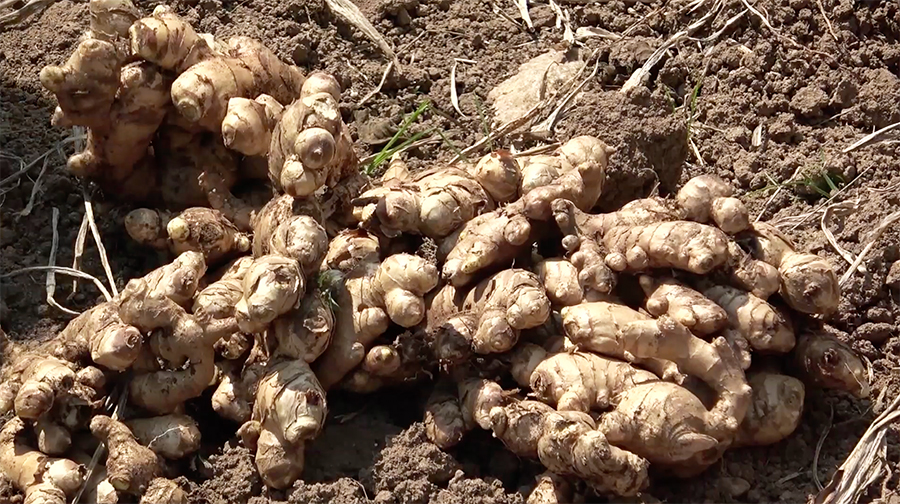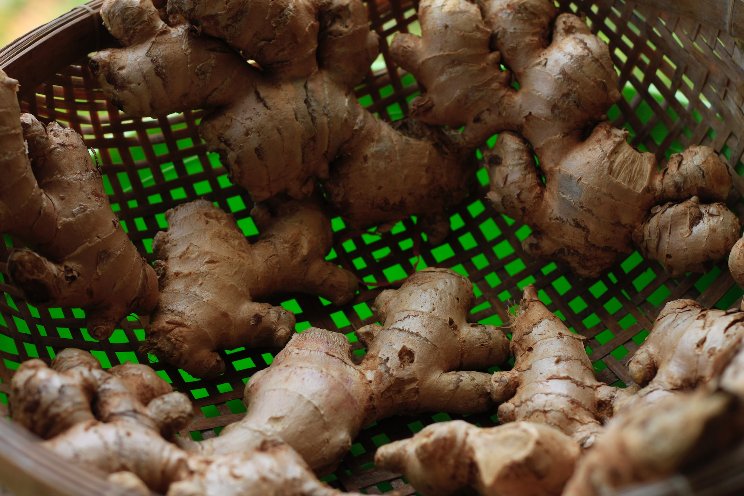🌱 Ginger (Adrak): The Root of Wellness
1. Origin in India
Botanical Name: Zingiber officinale
Ginger is native to South Asia, especially India and China.
India is the largest producer of ginger in the world.
Major ginger-producing states include Kerala, Karnataka, Odisha, Meghalaya, Sikkim, and West Bengal.
Grown in tropical and subtropical climates, usually in well-drained loamy soil with partial shade.
2. Common Uses of Ginger
🍲 Culinary Uses:
A key spice in Indian cooking: used in curries, dals, pickles, chutneys, and masala chai.
Used fresh (raw ginger), dried, powdered, or as ginger paste.
Also used in baking (e.g., gingerbread, biscuits) and beverages like ginger tea and health tonics.
🧪 Other Uses:
Ginger oil used in aromatherapy, cosmetics, and massage oils.
Used in Ayurvedic medicines, digestive tonics, and immune boosters.
3. Medicinal Properties of Ginger
Ginger is a powerful natural remedy known for centuries in Ayurveda, Unani, and Chinese medicine.
🔬 Key Health Benefits:
Anti-inflammatory: Reduces joint pain, arthritis symptoms, and body aches.
Digestive Aid: Stimulates digestive enzymes, relieves gas, indigestion, and nausea.
Anti-nausea: Used widely for morning sickness, motion sickness, and chemotherapy-induced nausea.
Immune Booster: Protects against colds, flu, and infections.
Antioxidant-rich: Reduces oxidative stress and supports cellular repair.
Pain Reliever: Helps reduce menstrual cramps and headaches.
Cardiovascular Health: May help lower cholesterol and improve blood circulation.
Anti-diabetic: Helps regulate blood sugar and insulin sensitivity.
4. Harvesting Process
Ginger is a rhizome, and it’s harvested 6 to 8 months after planting, depending on whether it’s for fresh or dry ginger.
🌾 Process Steps:
Planting: Rhizomes are planted before the monsoon (April–May) in raised beds.
Growth: Requires warm climate, regular watering, and shade.
Harvesting:
Fresh ginger: harvested after 6–7 months.
Dry ginger (for powder/spices): harvested after 8–10 months when leaves turn yellow.
Cleaning: Rhizomes are washed and peeled.
Drying (optional): For dried ginger, rhizomes are sun-dried or mechanically dehydrated.
Grading & Packaging: Sorted by size and quality, packed in breathable sacks or cartons.
5. Types of Ginger Products
| Form | Use |
|---|---|
| Fresh Root | Cooking, tea, juice, Ayurvedic decoction |
| Dried Slices | Spice blends, long-term storage |
| Ginger Powder | Baking, spice mixes, herbal supplements |
| Ginger Oil | Aromatherapy, cosmetics |
| Ginger Candy | Nausea relief, healthy snacking |
6. Ginger in Ayurveda & Traditional Medicine
Known as “Vishvabheshaj” in Ayurveda, meaning “universal medicine”.
Balances Vata and Kapha doshas.
Used in herbal formulas like Trikatu (ginger, black pepper, long pepper) for improving digestion and metabolism.
7. Summary of Benefits
| Property | Benefit |
|---|---|
| Digestive | Reduces bloating, gas, nausea, and stomach discomfort |
| Anti-inflammatory | Reduces joint and muscle pain |
| Respiratory | Clears congestion and supports lung health |
| Antioxidant | Slows aging, supports cell repair |
| Circulatory | Improves blood flow, may lower cholesterol |
| Immune | Boosts immunity and protects against infections |

